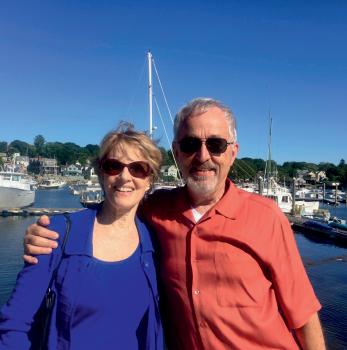

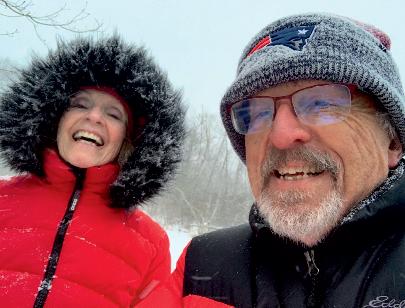
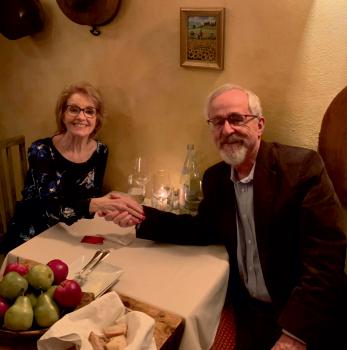
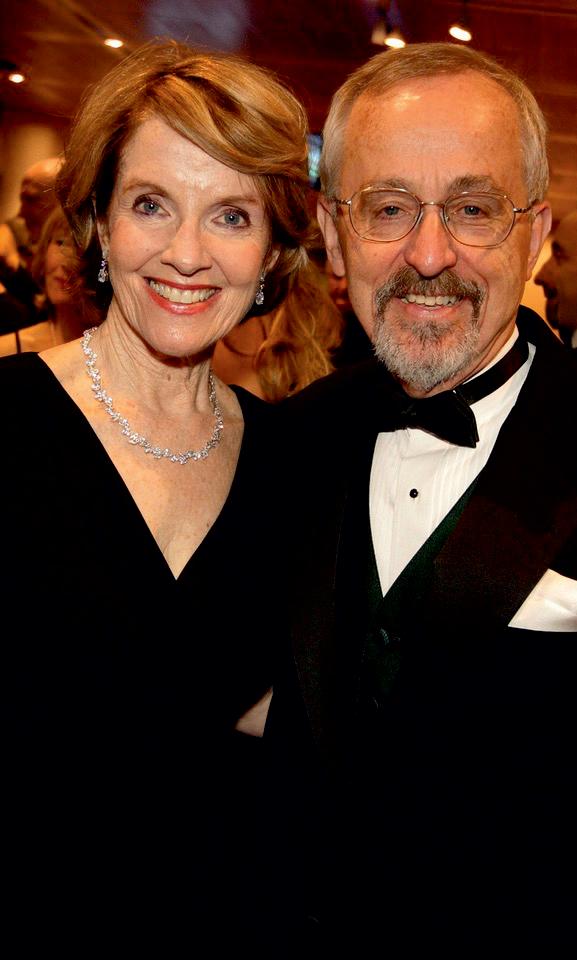
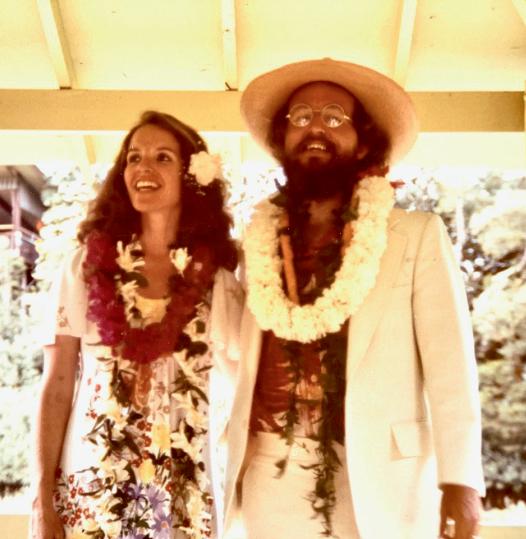
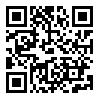

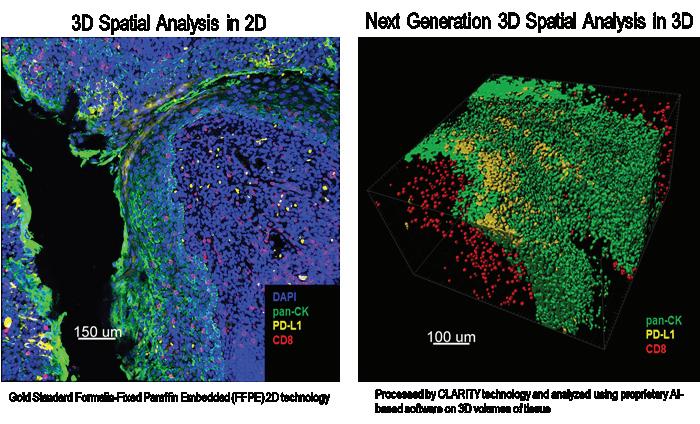
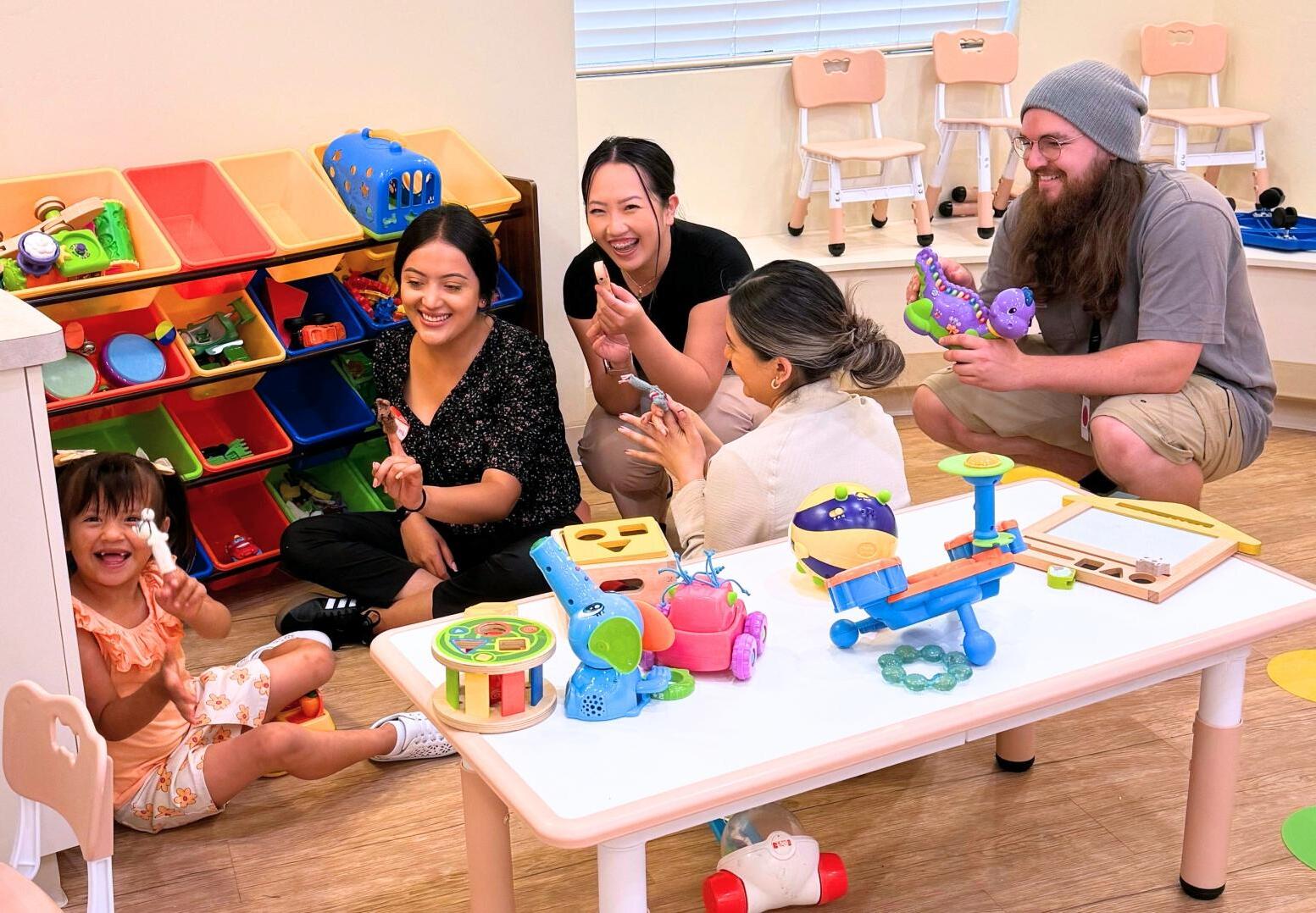

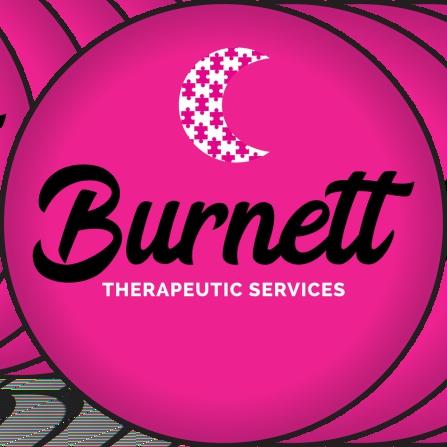














Nalie May
Natalie May
Lifeislikeatapestrywherewemaybeattheintersectionofreason
and emotion. Our mind rationalizes, calculates, and argues, while our heart communicates realities beyond reason. In this special edition, A Legacy of Minds & Hearts: The Larson–Murray Journey,we exploretheextraordinarylivesofRichardC.LarsonandMaryElizabeth Murray,whosestoryembodiesthisdelicatebalance.
Richard,theoperationsresearchluminaryatMIT,hasspentthreedecades unleashing the power of the mind to resolve intricate issues in urban systems, emergency response, and learning. His analytical genius has molded disciplines affecting millions, from optimizing disaster management to leading tech-powered learning through MIT’s LINC program. However,hislegacyisnotcompletewithoutMaryElizabeth“Liz”Murray, his love, whose love and empathy lit up their journey together Liz, who departedwithusin2022,wasalightoflove,caringforfamilyandcommunitywithaheartthathadnolimits.
Together, their lives are an extraordinary harmony: Richard’s mind and Liz’s compassion created a legacy of influence and compassion. This edition explores their work, their romance, and the lessons they teach in choosing life. When reason fails, the heart tends to lead the way.As you read,weencourageyoutolookbackonyourowntimesofchoice—when haveyoulistenedtoyourheart,ratherthanyourhead?
JoinusincelebratingtheLarson–Murraypath,atestamenttowhatcanbe achieved by minds and hearts, working together, which leaves an unerasableimprintontheworld.
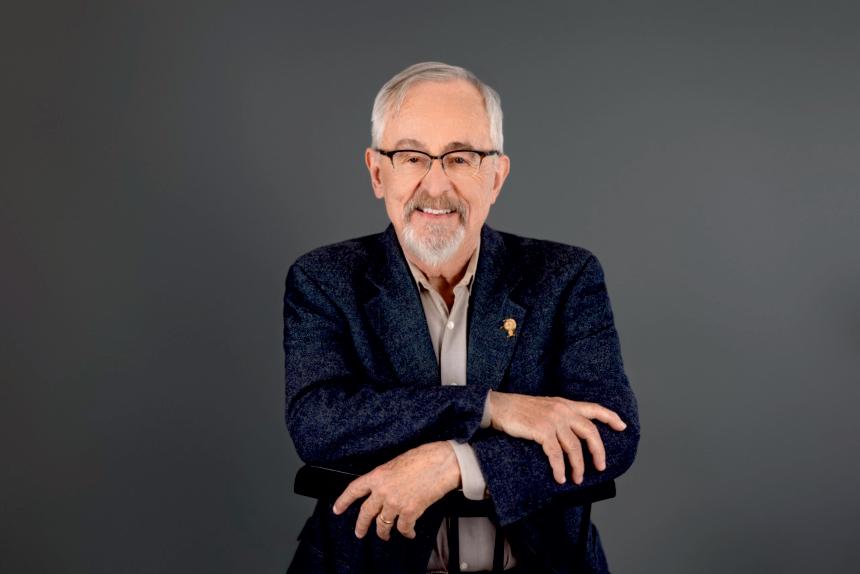




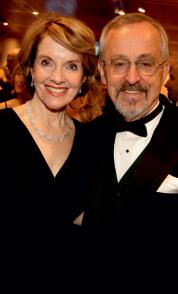








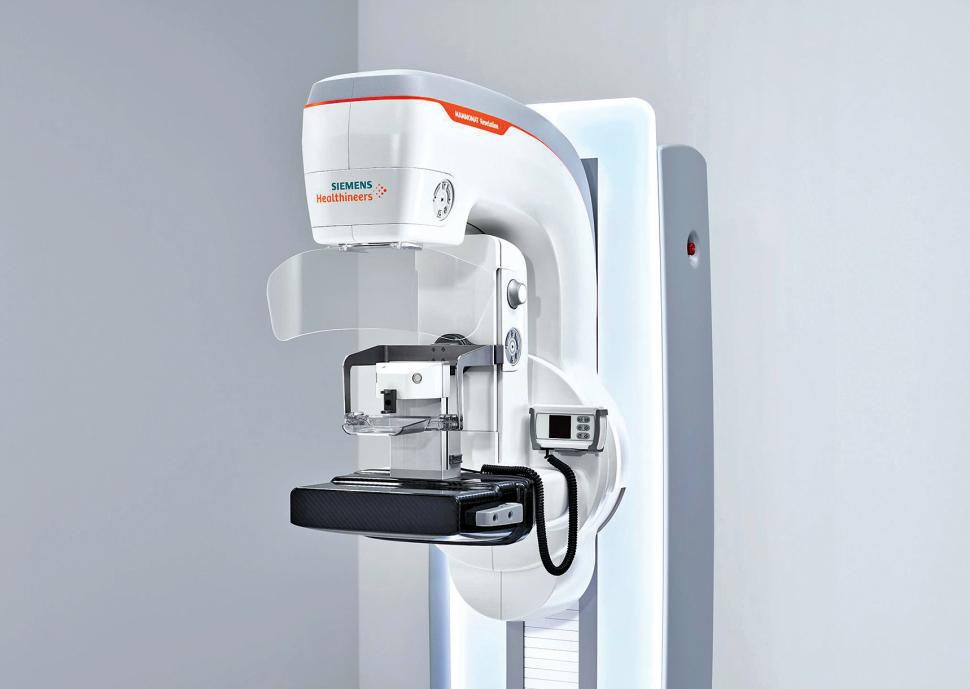



The Inspiring Journey of Collaboration, Innovation and Impact by

F E A T U R I N G


Behind every great achievement is often a story of partnership—two people whose lives intertwine not just by chance, but by shared values, dreams, and purpose. Such is the story of Richard C. Larson and Mary ElizabethMurray,whosejourneytogetherisasinspiringas theeducationalinnovationstheycreated.
LarsonwasborninthelivelyboroughofQueens,NewYork, andfromanearlyage,hewasfascinatedbyhowsystemswork andhowtosolvecomplexproblems.Thisinterestledhimto study at MIT, where his passion for problem-solving grew into a lifelong career. Behind his many academic achievements was a partnership that fueled his work—a partnership with Murray, known as Liz, whose thoughtful intellect and dedication to education made her not just his wife,butatruecollaboratorandco-creator
Theirmarriagebalancedhighambitionswithdeepaffection, combining careful study with genuine care. Together, they managedthedemandsoffamilylifewhilemakingimportant advances in global education. Liz’s strong commitment to expanding learning opportunities complemented Larson’s analytical skills, and together they formed a dynamic team that blended personal support with professional collaboration.
Theirstoryisoneofmutualencouragement,whereideaswere refined in everyday moments and plans to improve STEM education developed during travels around the world. It shows how love and respect can strengthen not only a marriagebutalsoamovementfocusedonmakingeducation more interactive, inclusive, and meaningful for students everywhere.
Let’s learn how Larson and Murray’s personal and professional partnership transformed global STEM education!
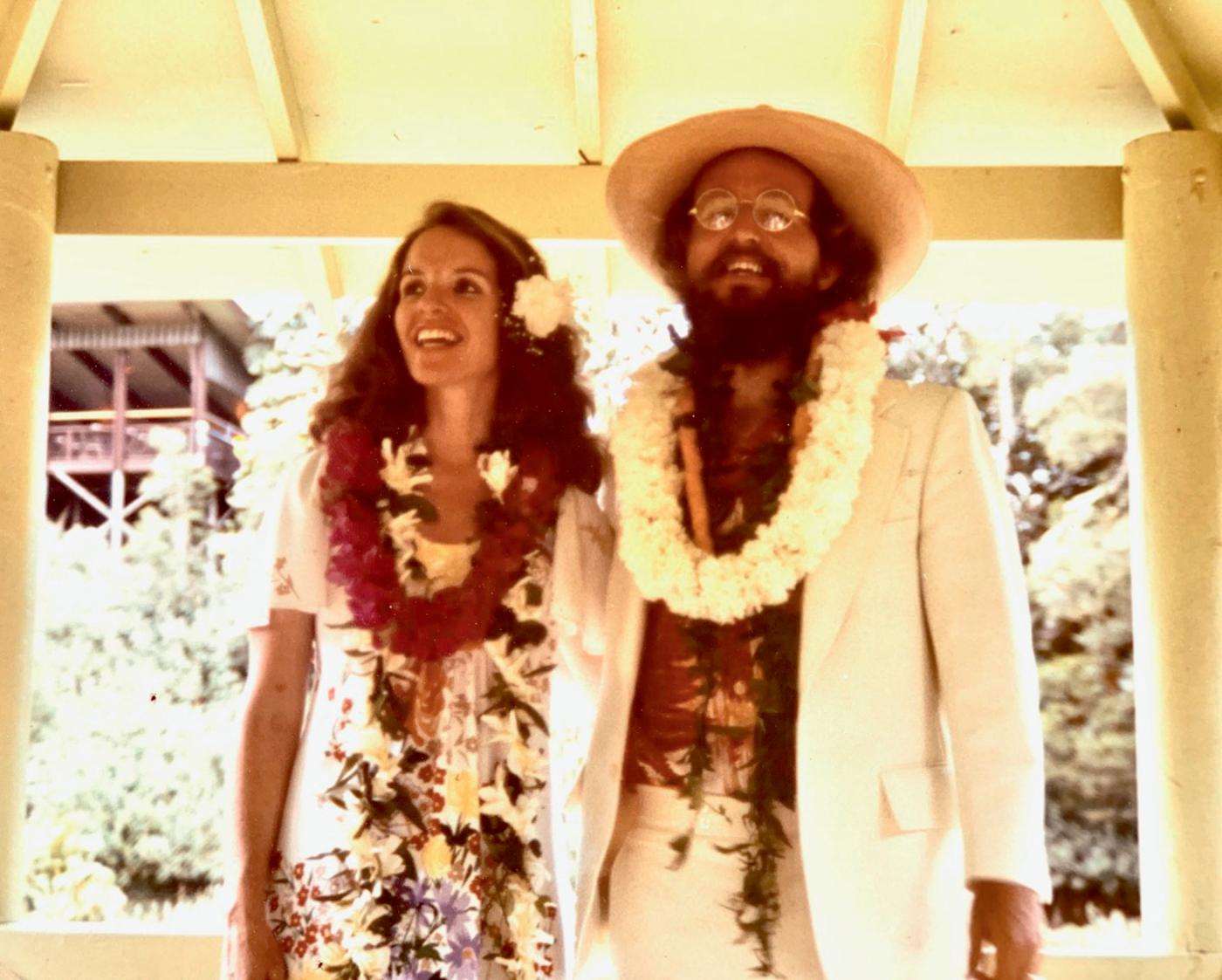
Larson’s formative years in Bayside, Queens, New York, planted the seeds for a lifetime devoted to systems thinking andproblem-solving.Fromayoungage,hewasfascinatedby theinnerworkingsofcomplexsystems—howpartsinteracted andfunctionedasawhole.Thiscuriosityshapedhisacademic path, culminating in a rigorous education at MIT, where he earned his bachelor’s, master’s, and doctoral degrees in electricalengineering.UponcompletinghisPhDin1969,he immediatelyjoinedtheMITfaculty,dedicatinghiscareerto advancingfieldssuchasoperationsresearch,queuingtheory, and urban systems. His work, renowned for its analytical precision, has always been underpinned by a desire to solve real-worldproblems.
“The marriage of Larson and Murray was far more than a union of two accomplished professionals—it was a deeply synergistic relationship founded on mutual respect, shared ideals, and a commitment to both family and social impact.”

“One of the dening features of the initiative is its global perspective. The lessons in BLOSSOMS are created and contributed by
educators from diverse cultural
and
linguistic backgrounds,
ensuring that content is relevant and adaptable to various local contexts.”
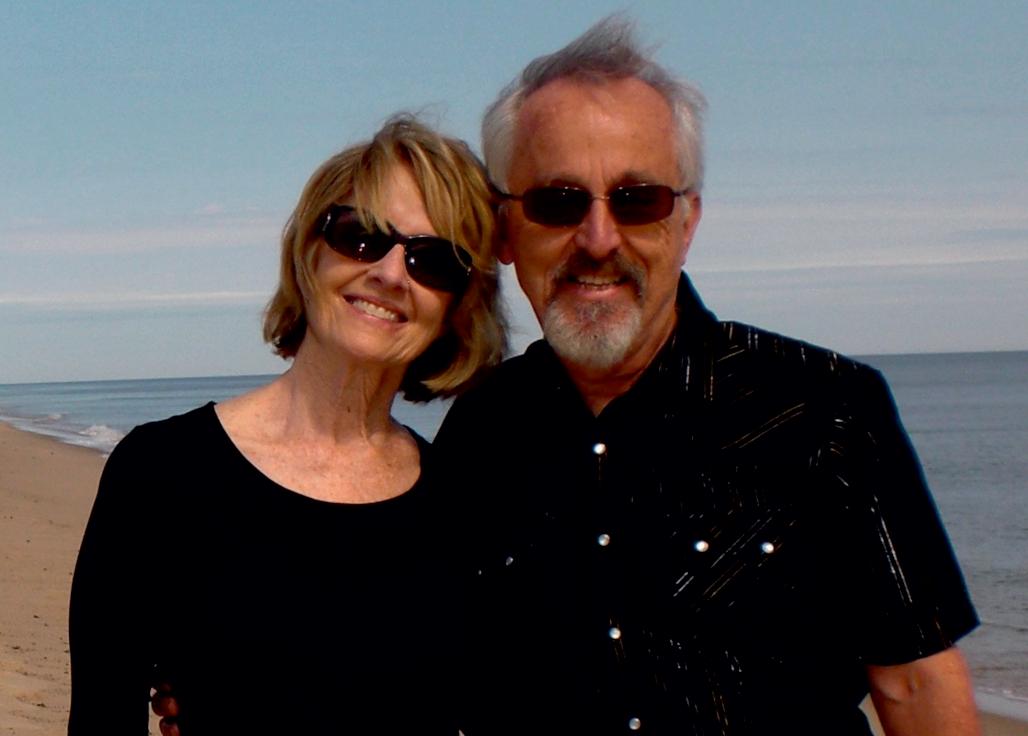

Simultaneously, Murray carved her own path as an educator deeplycommittedtoequityandaccess.Armedwithadegree from Boston University and a passion for project management,shespecializedinthedesignandadministration ofeducationalprogramsaimedatexpandingopportunitiesfor underserved communities Liz’s professional life was characterized by a steadfast belief that technology, thoughtfullyapplied,couldbreakdownbarriersandopennew doors for learners regardless of their socioeconomic or geographic circumstances. Her expertise and empathy complementedLarson’stechnicalfocus,settingthestagefor anextraordinarypartnership.
ThemarriageofLarsonandMurraywasfarmorethanaunion of two accomplished professionals it was a deeply synergistic relationship founded on mutual respect, shared ideals, and a commitment to both family and social impact. Spanning over four decades, their marriage was a “double commitment,”balancingthedemandsofraisingchildrenwith thepursuitofambitiousacademicandeducationalgoals.
Liz was not simply a supportive spouse; she was an intellectual partner and sounding board who provided insightful feedback and encouragement that helped shape Larson’sworkandvision.
Theircollaborationwasseamless,blurringthelinesbetween personallifeandprofessionalpursuits.Conversationsaround the dinner table often ventured into pedagogical challenges and innovative solutions, while their shared passion for technology-enabled education fueled a lifelong mission to makelearningmoreengagingandaccessible.
This dynamic partnership enriched their family life and amplifiedtheirprofessionalimpact.Theirchildrenbecamea source of inspiration, motivating them to create educational toolsthatcouldbenefitlearnerseverywhere.Together,Larson and Murray embodied the ideal that the most profound innovations often arise from a confluence of personal commitmentandintellectualcollaboration.
The idea that would become MIT BLOSSOMS (Blended Learning Open Source Science or Math Studies) was born during a pivotal visit to a rural school in China. Larson and Murray observed a teacher using a videotaped lecture to supplementclassroominstruction.Whilethemethodallowed for the dissemination of expert content, the implementation wascumbersome:theteacherhadtomanuallypausethevideo to engage students in discussion or activities, disrupting the flowandconnectionofthelesson.

This experience sparked a critical question: what if educational videos were designed from the start to be interactive—pausing at key moments to prompt teachers to lead hands-on activities or discussions? This insight was revolutionary It envisioned a blended learning model that harmonized digital resources with active classroom engagement,ratherthanreplacingtheteacher’srole.
Motivatedbythisvision,LarsonandMurrayco-foundedMIT BLOSSOMS.Theirgoalwasambitiousyetsimple:tocreatea freely accessible global library of interactive STEM lessons that would empower teachers and enrich students’ learning experiencesregardlessoflocationorresources.Theprogram was designed not just as a repository of videos but as a dynamic platform that enabled localized teaching adaptations, fostering active participation and deeper understanding.
AtthecoreofBLOSSOMSliesacommitmenttointeractive education. The video lessons are uniquely structured with deliberate pauses, designed to prompt teachers to facilitate experiments, discussions, or problem-solving activities that cater to their specific classroom needs. This approach leverages the strengths of digital media—expert instruction, consistent quality, and scalability while preserving the
irreplaceable value of real-time human interaction in learning.
By empowering teachers to lead these activities, BLOSSOMS nurtures critical thinking and engagement rather than passive absorption of information. This blended model respects the role of educators as facilitators and champions of curiosity, making learning both effective and enjoyable.
One of the defining features of the initiative is its global perspective. The lessons in BLOSSOMS are created and contributedbyeducatorsfromdiverseculturalandlinguistic backgrounds,ensuringthatcontentisrelevantandadaptable to various local contexts. This inclusivity enhances the program’s effectiveness and fosters a sense of global educationalcommunity
Over the years, BLOSSOMS has reached students in Asia, Africa,theMiddleEast,andbeyond,servingasacatalystfor educationalequityinregionswhereaccesstoqualitySTEM resourceshastraditionallybeenlimited.Theinitiative’sopenaccess nature reflects Larson and Murray’s conviction that knowledgeshouldbeapublicgood,freelyavailabletoall.
Larson and Murray’s dedication to expanding the reach of BLOSSOMStookthemaroundtheworld,forgingcrucial
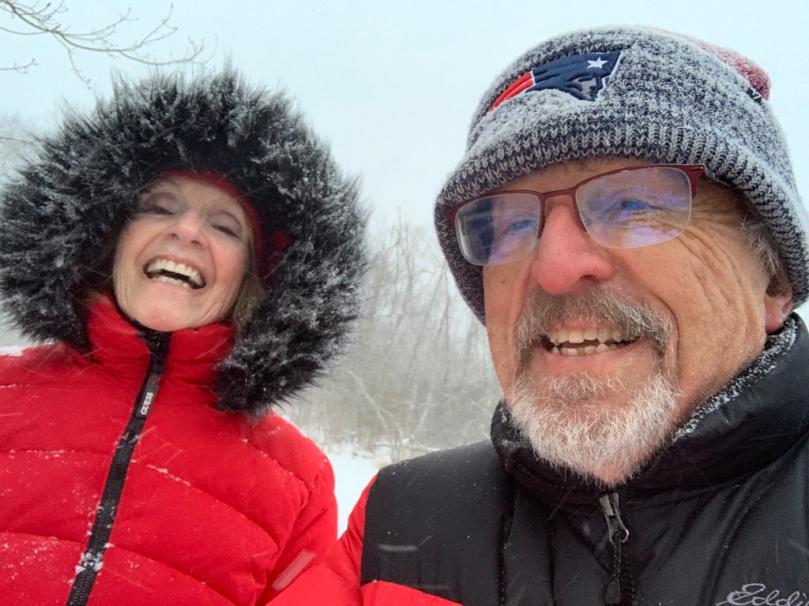

“Liz’s professional life was characterized by a steadfast belief that technology, thoughtfully applied, could break down barriers and open new doors for learners regardless of their socioeconomic or geographic circumstances.”

partnerships with educators, ministries of education, and policymakers. Their travels to countries like Malaysia and China included workshops, demonstration classes, and seminars designed to train teachers in the BLOSSOMS methodology and inspire adoption of blended learning approaches.
Theseengagementsweremorethanjustpromotionalefforts; theyembodiedagenuineexchangeofknowledgeandcultural understanding.LarsonandMurraylistenedcarefullytolocal educators’needsandperspectives,co-creatingsolutionsthat were both innovative and culturally sensitive. Their work earned recognition in local media and educational forums, highlightingtheprogram’stransformativepotential.
While BLOSSOMS remains a flagship project, the partnership’s influence extended into the Learning International Networks Consortium (LINC), an MIT-based initiativefoundedbyLarsonin2002.LINC’smissionaligns with the couple’s broader vision: leveraging technology to deliver scalable, high-quality education, especially for disadvantagedyouth.
Liz played a pivotal role as co-director of LINC, managing international collaborations and editing conference proceedingsthatbroughttogethereducators,researchers,and policymakers from around the globe. Their joint scholarly contributions addressed critical issues such as distance
learning’s role in poverty reduction and overcoming challengestoblendedlearningindevelopingnations.
LINC, much like BLOSSOMS, embodies a philosophy that technologyshouldenhancehumanpotentialanddemocratize accessratherthanwideneducationaldivides.
Together, Larson and Murray co-authored numerous papers that have influenced the discourse on technology-enabled education.Theirresearchcoveredpracticalcasestudiesfrom countriesincludingChinaandMexico,sheddinglightonthe systemic barriers to blended learning and proposing actionablestrategiestoovercomethem.
Larson’s roles as director of MIT’s Center for Advanced Educational Services and as president of professional societies further positioned him as a thought leader in operations research and educational innovation Liz’s editorial leadership and program management ensured that their work reached diverse audiences, shaping international conversationsabouteducationalequityandtechnology
Underlying all their professional achievements was a profoundpersonalcommitmenttothebeliefthateverychild, regardless of circumstance, deserves access to quality education. Liz’s warmth, empathy, and intellectual curiosity made her a beloved figure among colleagues and collaborators worldwide. She championed open educational resources and the creation of global networks that allowed educatorstosharebestpracticesandinnovations.

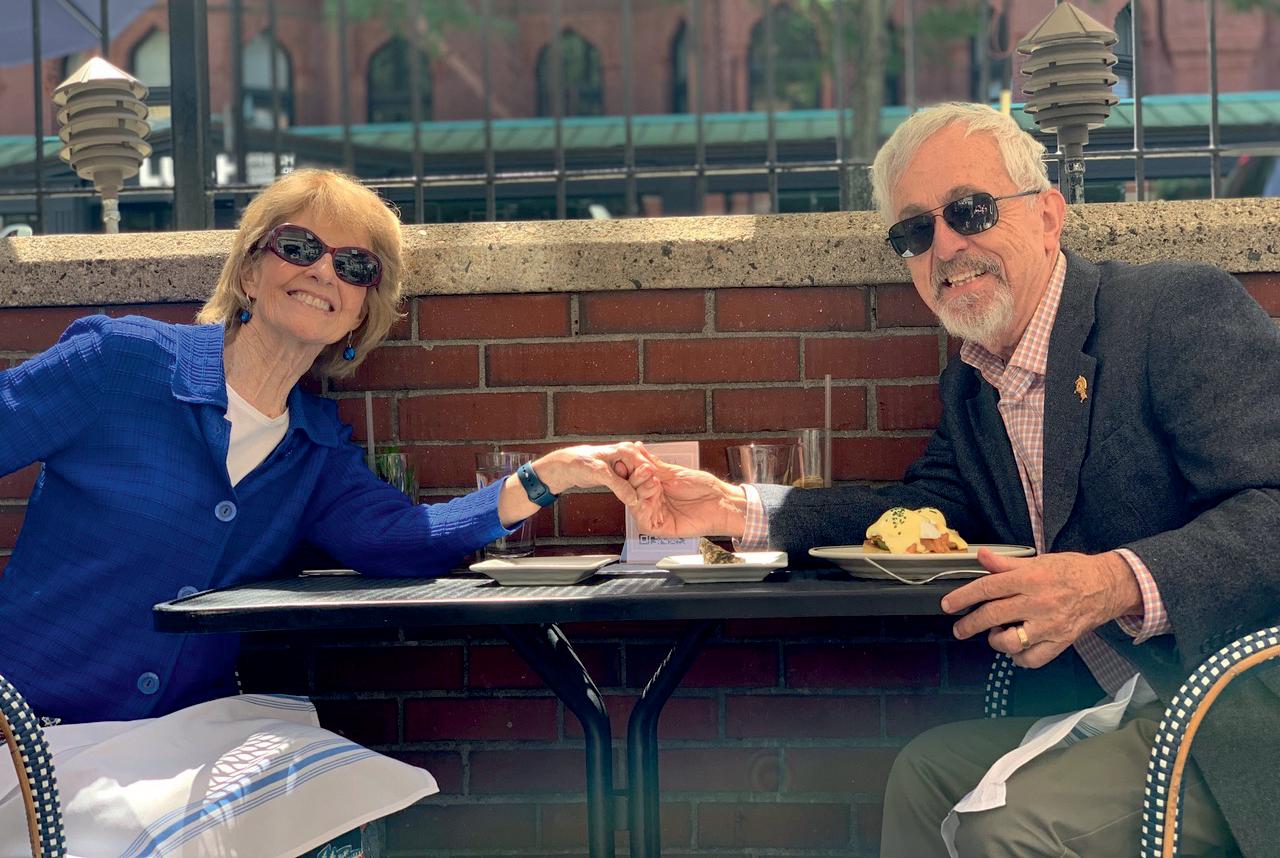
Her influence on Larson was both personal and professional—sheinspiredhimtopursueambitiousprojects andwasinstrumentalinhisdecisiontoauthorthebookModel Thinking,whichaimstoequipreaderswithcriticalreasoning skillsvitalfornavigatingtoday’scomplexworld.
ALastingLegacy
MurraypassinginOctober2023markedtheendofanerabut nottheconclusionofalegacy Herwork,alongsideLarson’s, lives on through MIT BLOSSOMS, LINC, and countless educational leaders and students whose lives have been touchedbytheirinitiatives.Theblendedlearningmodelsthey developed continue to be used in classrooms worldwide from urban centers to remote villages—bridgingdividesandignitingcuriosity.
Their story is a powerful reminder that behind every major innovation often lies a partnership grounded in trust, shared vision, and mutual respect. The synergy between Larson’s analyticalrigorandMurray’seducationalinsighthascreated alastingimpactonglobalSTEMeducation.
The journey of Larson and Murray exemplifies how collaboration can fuel innovation and drive meaningful change. Their combined intellect, dedication, and empathy have yielded educational tools and frameworks that are not onlyeffectivebutequitableandinspiring.
Their partnership highlights the importance of integrating technology with human-centered teaching, demonstrating that educational innovation flourishes when personal values alignwithprofessionalgoals.Throughtheirwork,theyhave opened doors for millions of learners worldwide, laying the foundationforamorejustandenlightenedglobaleducational landscape.
In celebrating their legacy, educators and innovators are reminded that impactful change is often the result of shared dreams, complementary strengths, and an unwavering commitment to service—a legacy that continues to inspire andguidefuturegenerations.



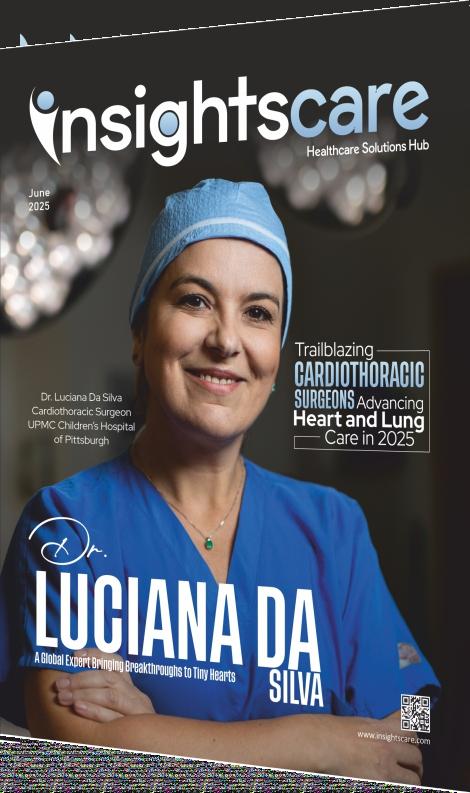
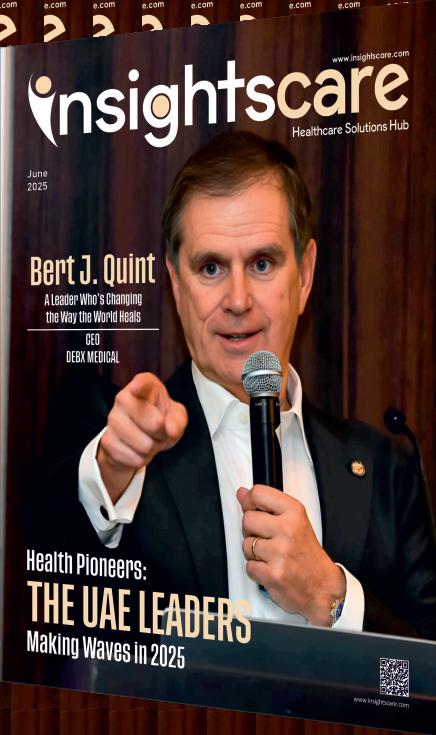

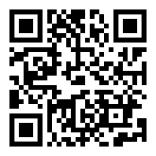
www.insightscaremagazine.com
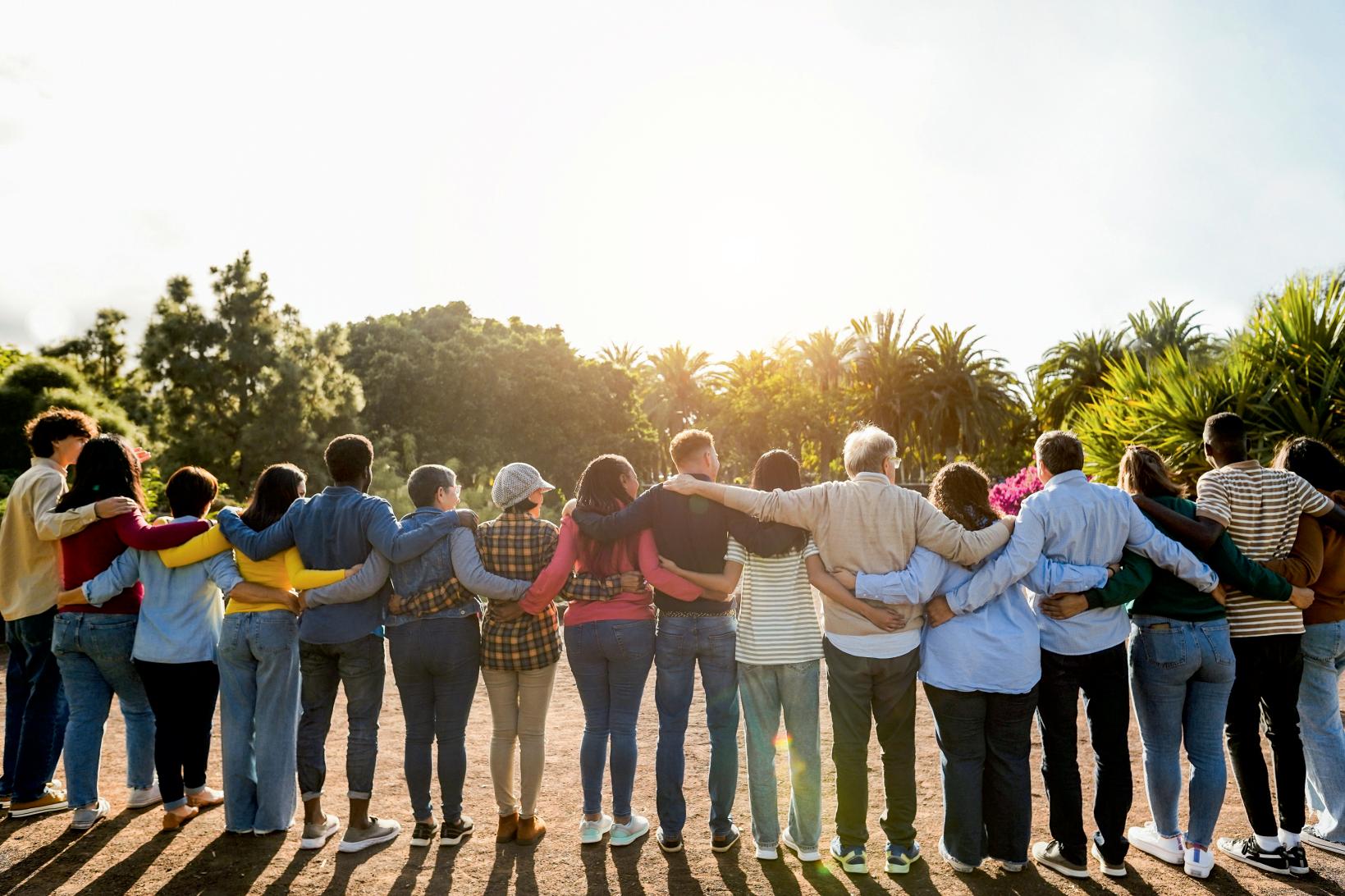
In today's high-speed game of professional growth, networking has become the superficial exchange of business cards, LinkedIn connections, and elevator speeches.Whatif,however,therealvalueofnetworkingisn't aboutthequantityofpeopleyoumeet,butaboutthequalityof relationships you establish? Networking from the heart—buildingauthentic,meaningfulconnections—hasthe power to reshape professional lives, creating fulfilling and long-lasting opportunities. This method maximizes authenticity,empathy,andcross-support,demonstratingthat humanconnectionisthekeytoprofessionalexcellence.
Networking the old way usually is a numbers game: go to functions,collectasmanycontactsaspossible,andhopethat somethingcatches.
This approach might bring short-term success, but it lacks longevity. The kind of relationships founded on shallow interactions dissipate when the short-term requirement is over Networking from the heart, on the other hand, focuses on quality rather than quantity It's all about building relationships based on trust, common values, and authentic interestineachother'ssuccess.
Personal bonds fuel professional greatness because they establish a foundation of trust and respect When collaborators or coworkers get to know you as an individual—not as a title—they're more apt to stand up for you, pass along opportunities, and work together with ease. These personal bonds build a sense of loyalty that transactionalrelationshipscan'tmatch.
Empathy is what keeps these relationships intact.Whenyou make the effort to know someone's struggles, dreams, and passions, you establish a bond that goes beyond usefulness. Thisempathy-basedmethodalsomakesyoumemorableinan ocean of boilerplate interactions. Others are more likely to recallthecolleaguewhoprovidedinsightfulquestionsorreal supportthanonewhorecitedtheirCV
So, how do you network with heart? It begins with a mind shift: look at each interaction as a chance to establish a relationship,ratherthanacontact.Belowaresomehands-on strategiesforbuildingmeaningfulprofessionalrelationships:
ListenActively:Whenyoumeetanewperson,makeaneffort to really listen to their narrative.Ask open-ended questions and avoid the need to bring the conversation back to your agenda.Activelisteningdemonstratesthatyouappreciatethe other's point of view and sets the ground for a richer connection.
Find Common Ground: Shared experiences or interests are strongbondingagents.Whetherit'sapastime,hometown,or common challenge, locating common ground establishes an emotional connection that makes professional partnership morecomfortable.
ProvideValueWithoutAskingforReturn:Networkingfrom theheartisgivingfreely—whetherthat'sprovidingguidance, offering an introduction, or granting assistance. When you givetootherswithoutaskingforreturnrightaway,youcreate trustandgoodwillthatusuallycomesbacktentimesover.
ThoughtfullyFollowUp:Ageneric"nicetomeetyou"email is acceptable, but a tailored follow-up is superior Mention somethingspecificfromyourdiscussion,suchasabookthey recommendedoraprojecttheydiscussed.Thisindicatesthat youwereattentiveandvaluetherelationship.
Be Vulnerable: Authenticity requires a degree of vulnerability. Sharing a challenge you’ve faced or a lesson you’ve learned invites others to open up, fostering a deeper connection.Vulnerabilityisn’taboutoversharing—it’sabout showingyourhumanside.
TheRippleEffectofHeartfeltNetworking
When you network from the heart, the payoffs cascade beyond one-on-one connections. Real relationships have a ripple effect, inspiring collaboration and driving collective achievement.
Trust-basedteamsaremoreinnovative,withmembersfeeling freetocontributeideasandexperiment.Companieswithsolid interpersonal networks also enjoy greater employee engagementandturnover,asindividualsfeelappreciatedand connected.
Networking from the heart is not without hurdles. It needs time, emotional capital, and a desire to leave your comfort zone.Withinanenvironmentthatvaluesefficiencyaboveall else,pouringtimeintorichrelationshipscanseeminefficient in the short term Some others might also confuse vulnerability with weakness or have difficulty finding common ground when interacting with people of diverse backgrounds.
In order to overcome these obstacles, begin modestly. Concentrateondevelopingasingleortwosolidconnections atatimeinsteadofattemptingtoconvertyourentirenetwork overnight. Look for places where people are open to being real, like industry gatherings with a positive collaborative energy or mentorship initiatives And don't forget that rejection is part of the process—not every connection will develop, but each shot refines your skills at connecting genuinely.
Thebeautyofnetworkingwithheartisitslong-termimpact. Unlike transactional connections that fade, heartfelt relationships grow stronger over time. They lead to unexpected opportunities, from job offers to partnerships to lifelong friendships. These bonds also make work more meaningful, as you’re surrounded by people who know and valuetherealyou.
Networking from the heart is about doing more than collecting a Rolodex it's about developing a support community, trust, and mutual growth. By keeping authenticity, empathy, and generosity as your top priorities, you can build personal relationships that not only advance yourcareerbutenrichyourlife.Inaculturefixatedonmetrics and effectiveness, deciding to connect with people on a human level is a radical move—one that demonstrates the heartofnetworkingis,infact,theheart.
-Pearl Shaw

In the speed of today's technologically advanced world, thevalueofourworkisusuallygaugedbyproductivity, efficiency, and quantifiable outcomes. What is most oftenignoredinthissetofbenchmarksisthevalueofhuman relationships in fueling quality work Good working relationships—between coworkers, clients, or partners—are not a feel-good bonus to the workplace; they are a primary engine for success. From fostering creativity to enhancing productivity and resilience, the power of connection is undeniable.
This article explores why cultivating positive relationships is essential for producing exceptional work and how organizations and individuals can harness this power to thrive.
At the heart of any positive relationship lies trust Professionally, trust allows teams to work well together, exchangeideasfreely,andmakeinformedriskswithoutfear ofjudgmentorfailure.Whenco-workerstrusteachother,they aremoreinclinedtocommunicatehonestly,giveconstructive feedback,andcollaboratetowardsacommongoal.
Trust is also carried over into external relationships with clients and stakeholders When clients are valued and understood, they are more likely to give clear expectations, provideconstructivefeedback,andremainloyaltoabusiness. Maintainingtrusttakesongoingeffort,listeningcarefully,and an actual care about others' views. By emphasizing these factors, individuals and companies establish a premise for high-qualityworkthatisbothsatisfyingandeffective.
Healthy relationships promote cooperation, which is a foundation of innovation and creativity When people feel bondedtotheirco-workers,theyarelikelytoexchangeideas, challengeassumptions,andcomplementoneanother'sinputs. This spirit of cooperation gives rise to new solutions and breakthroughs.
Conversely, strained or competitive environments tend to inhibitcreativity Apprehensionofcriticismorlackofrespect for each other can prompt individuals to hold back ideas or refrain from taking risks, with median results being the consequence. By fostering good relationships, organizations ensureanenvironmentwherecreativitycanthrive,producing work that is not only of high quality but also unique and influential.
Workplacesarenotexceptiontochallenges,whethertheyare emanating from stringent deadlines, difficult projects, or unforeseen detours. Positive relationships serve as a key source of emotional support, assisting individuals in managingstressandremainingresilient.Colleagueshavinga close relationship are more inclined to offer support, lend a helping hand, or provide an ear in times of trouble. This support not only increases morale but also productivity and concentration, allowing one to work at their best even when stressed.
Additionally, positive relationships promote a sense of belongingthatisvitaltomentalhealth.TheHarvardStudyof Adult Development, among the longest-studying research projects on human happiness, highlights that healthy relationships are a primary indicator of individual and professionalsatisfaction.Workerswhoarebondedwiththeir co-workers are more engaged, motivated, and dedicated to theirjobs,producingbetter-qualitywork.
Good communication is also a good outcome of positive relationships.When people are at ease with each other, they tend to speak freely, exchange information, and clear up expectations.Thisminimizesconflictandguaranteesthatall areworkingtogethertowardsthesameends.Forexample,in project management, effective relationships between project managers and team members lead to more seamless coordination,fasterproblem-solving,andbetterexecution.
Poorrelationships,bycontrast,resultinmiscommunication, conflict, and squandered resources. Lack of trust or rapport can induce people to withhold information, assume rather than ask questions, or disengage from collaborative work. Through building positive relationships, organizations can fosteracultureoftransparencyandaccountabilitythatisvital forconsistentdeliveryofhigh-qualitywork.
In order to leverage the power of connection, people and organizations need to make relationship-building a central part of their work culture. It starts with leadership. Leaders who behave with empathy, active listening, and inclusion create the tone for the whole organization. They are able to create connection through team-building activities, such as sharedprojects,team-buildings,orsocialget-togethers.
Employees also have a role to play in creating strong relationships.Afewsimplestepssuchasexpressinggratitude, providingsupport,ormakinganefforttoseethingsfromacoworker's point of view can make a significant difference. Furthermore, diversity and inclusion enhance bonds by letting all voices contribute and be appreciated. Companies can facilitate this through emotional intelligence training, conflictresolution,andcommunicationskills.
In a technologically driven age of automation, the human touch is still indispensable. It is positive relationships that keep groups stuck together, stimulate creativity, and drive outstanding performance. Through building trust, collaboration, emotional support, and effective communication, individuals and organizations can unleash the full potential of their people and create work that is not onlyhighinqualitybutalsorichinmeaning.Thestrengthof connectionisnotasoftskill—justtheopposite:it'sastrategic imperativetothriveinourinterconnectedworld.Prioritizing peopleresultsinworkplaceswhereindividualsflourish,ideas grow,andexcellencebecomesthenorm.
-Natalie May
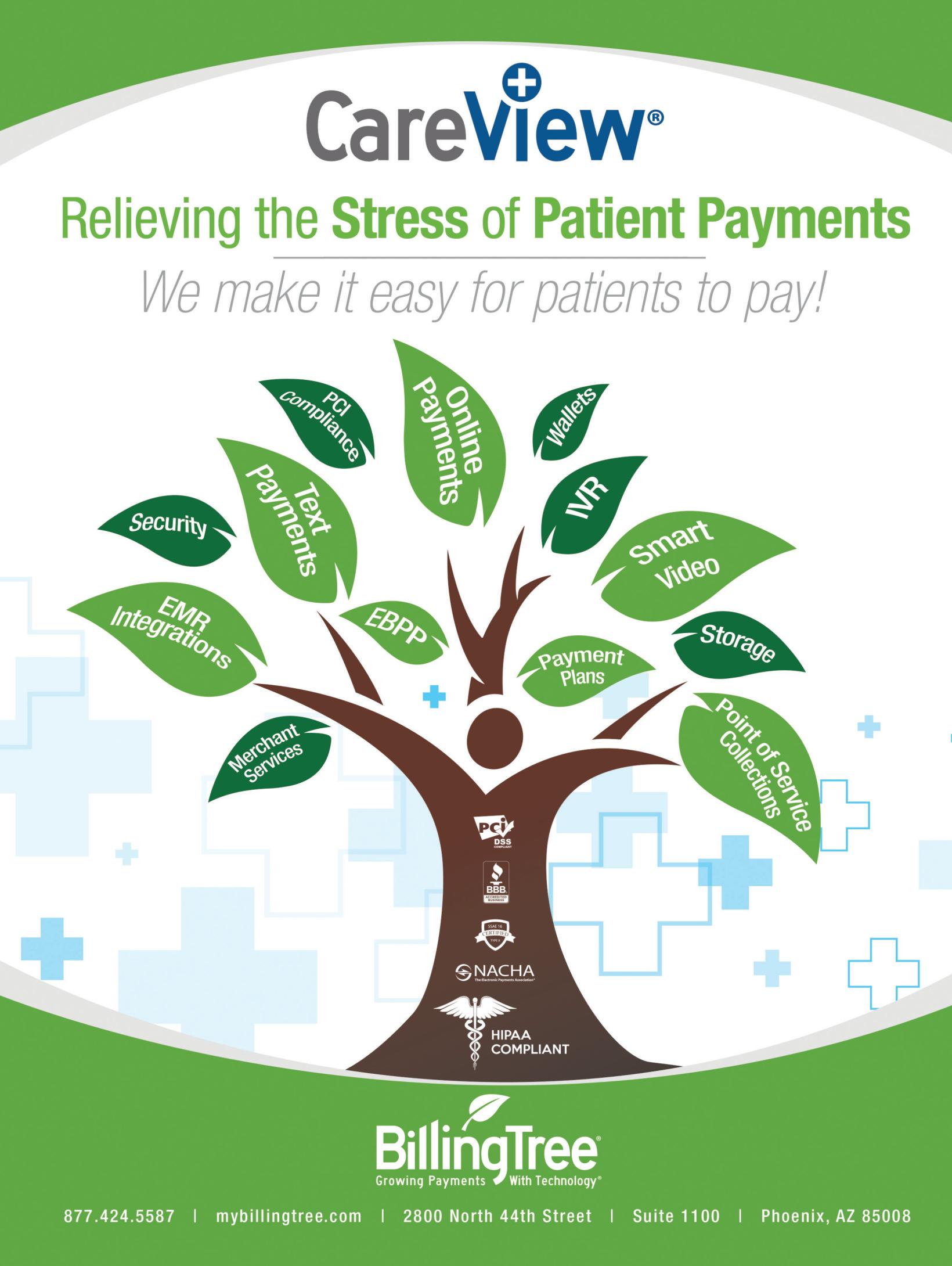



www.insightscaremagazine.com